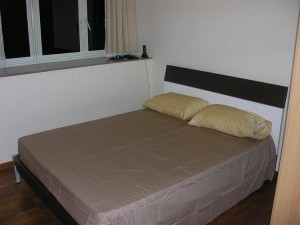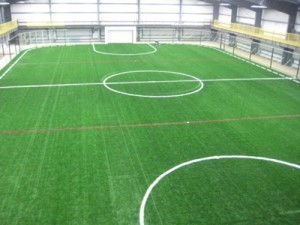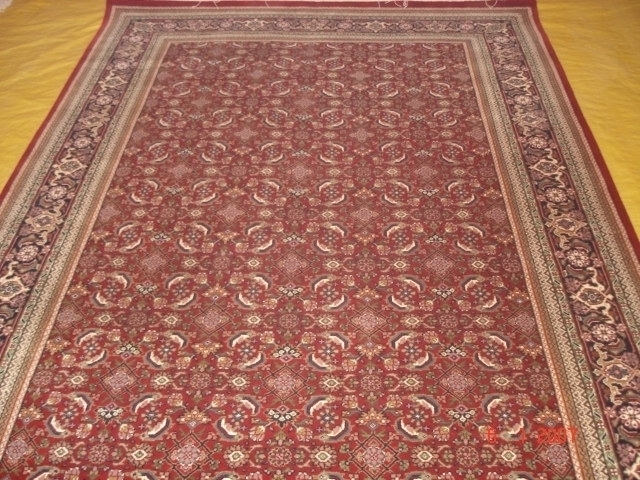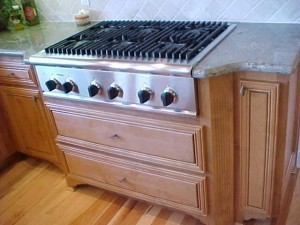LCD TV Dimensions
LCD TV dimensions are more varied than LED TVs. The following is an overview of the most widely used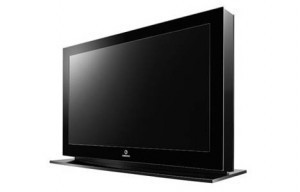 LCD TV dimensions. The product specification and features given here are only meant to give you an idea: manufacturers may implement other features.
LCD TV dimensions. The product specification and features given here are only meant to give you an idea: manufacturers may implement other features.
32 inch LCD TV Dimensions
The typical size is 3.5 x 31.5 x 20.2 inches. The weight will range from 28 to 29 lbs. The 32” refers to the display area itself. These models come with a resolution with a 1,366 x 768 resolution.
The contrast ratio are usually very high. This contrast range is the maximum white and black the TV can produce. These TV sets come with HDMI inputs and one for the PC too.
These LCD TV sizes have an aspect ratio of 16:9, with the usual response time being 8ms. The refresh rate is 60Hz.
Dimensions of a 26 inch LCD TV
The dimensions are 3 x 26.4 x 17.9 inches. The weight will be 15.4 lbs. Some will include a 30,000 to 1 contrast ratio. The HDMI ports are two. Like the 32” TV, the response time is 8ms. These TV sets come with speakers (almost all of which are surround sound).
The number of connectors will vary per model. The most basic will have one for DVDs, and most have connectors for the PC and HDMI. The LCD TV manufacturers equip the TV with digital tuners.
Dimensions of a 22 inch LCD TV
With respect to this LCD TV dimensions, the dimensions are 22 x 3 x 16 inches. The average weight is 13 lbs. The contrast is 800 to 1. The resolution is 1,366 x 768. The HDtv resolution is 720p, although most come with only 1 HDMI connector. The response time is 8ms. Like all LCD TVs, 22 inch models come with connectors for DVDs so you can watch movies.
Dimensions of a 15 inch LCD TV
The average size is 5.5 x 15.8 x 12.6 inches. The average weight is around 7.7 lbs. The average resolution is 1,366 x 768 pixels. These models also have connectors / slot where you can connect DVD players. Models that come in this LCD TV size also come with digital tuners.
Picking the Right TV Size
This will depend on a number of factors. If you want the big ones, make sure there’s plenty of space for it. It’s not a good idea to put TVs too closely with large speakers or stereo systems. You also need to think about how you’re going to use the TV.
If the TV is for family viewing, then get the biggest one you can afford. But if you live in a dorm or just want one in the kitchen, the 15 inch model will make more sense. Another benefit of smaller TVs is you can move it around much easier.
The competition between LCD and LED means more options will become available for buyers.
LCD TV Dimensions will likely become more varied as the years go by.

